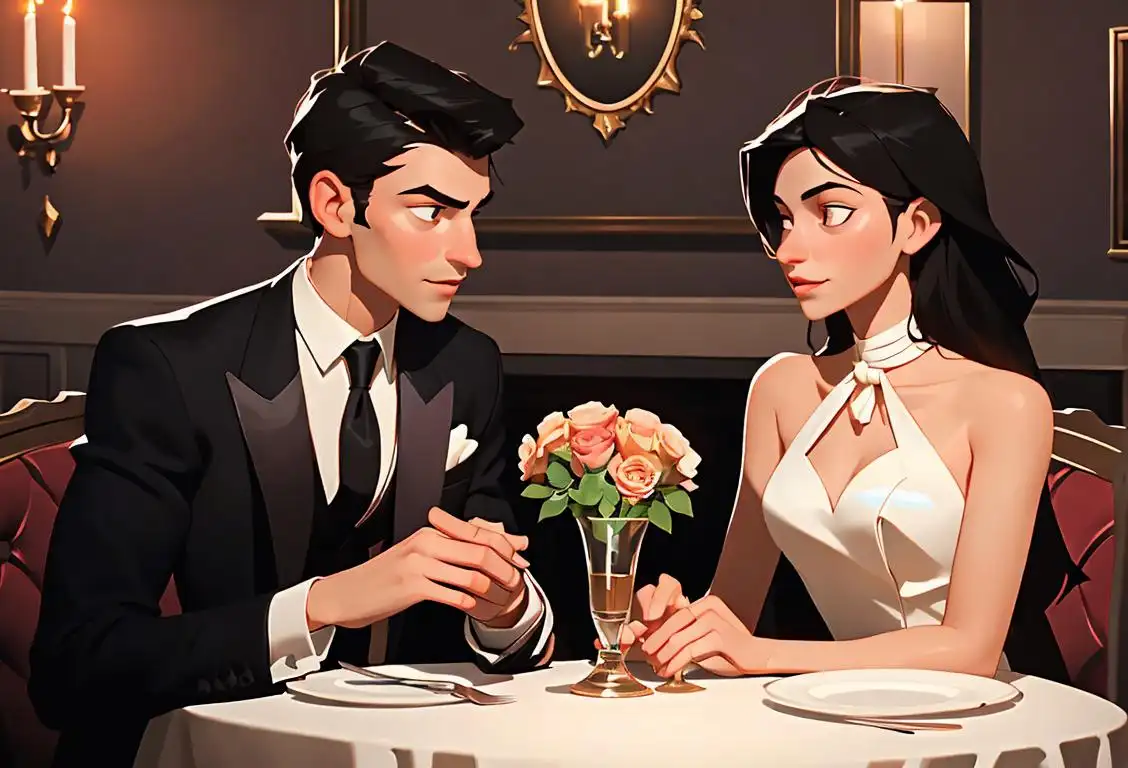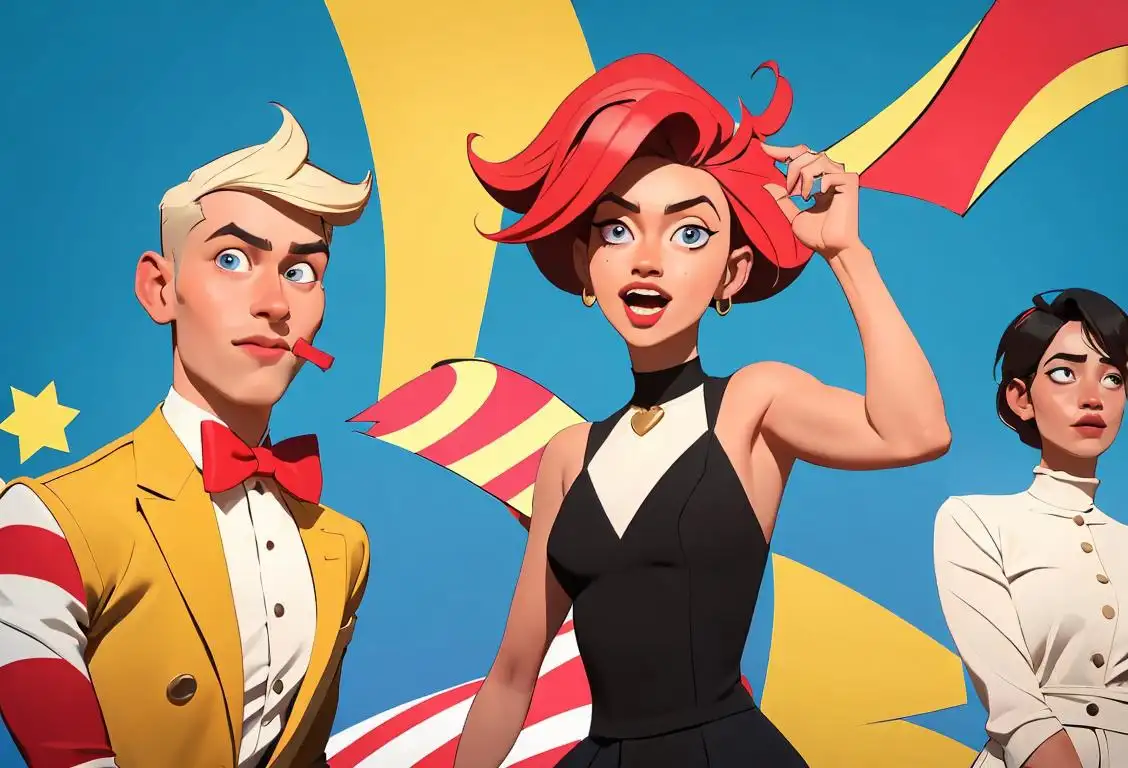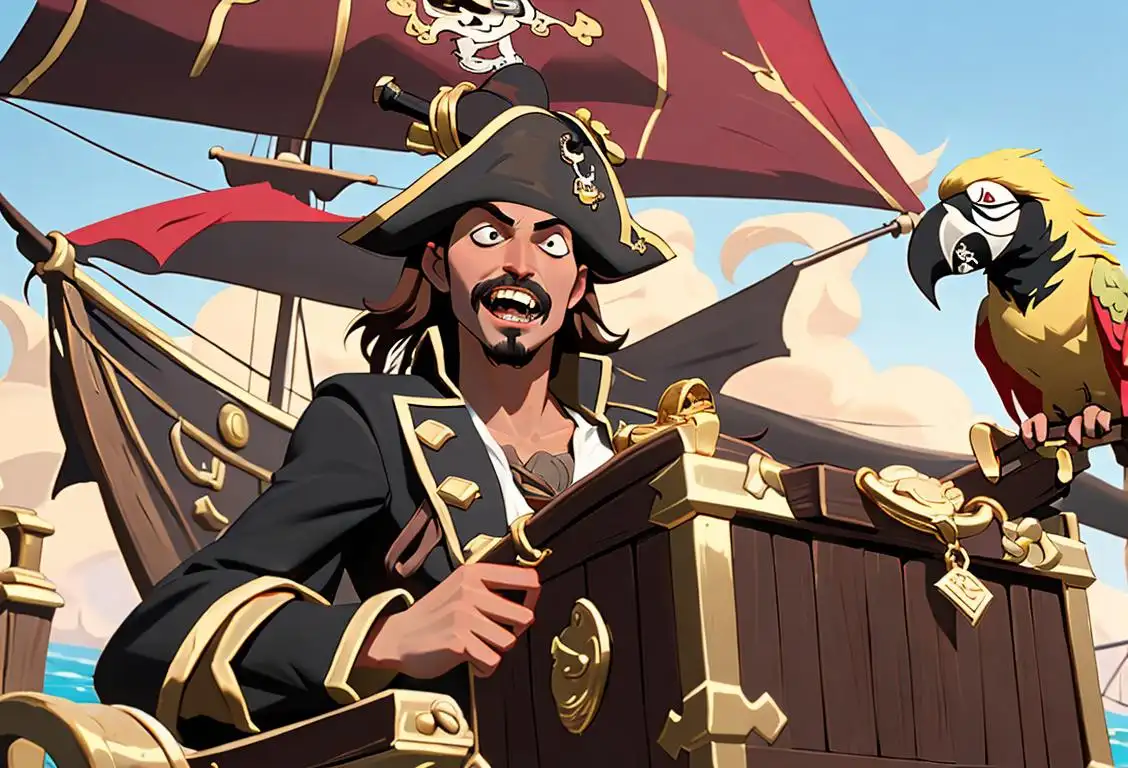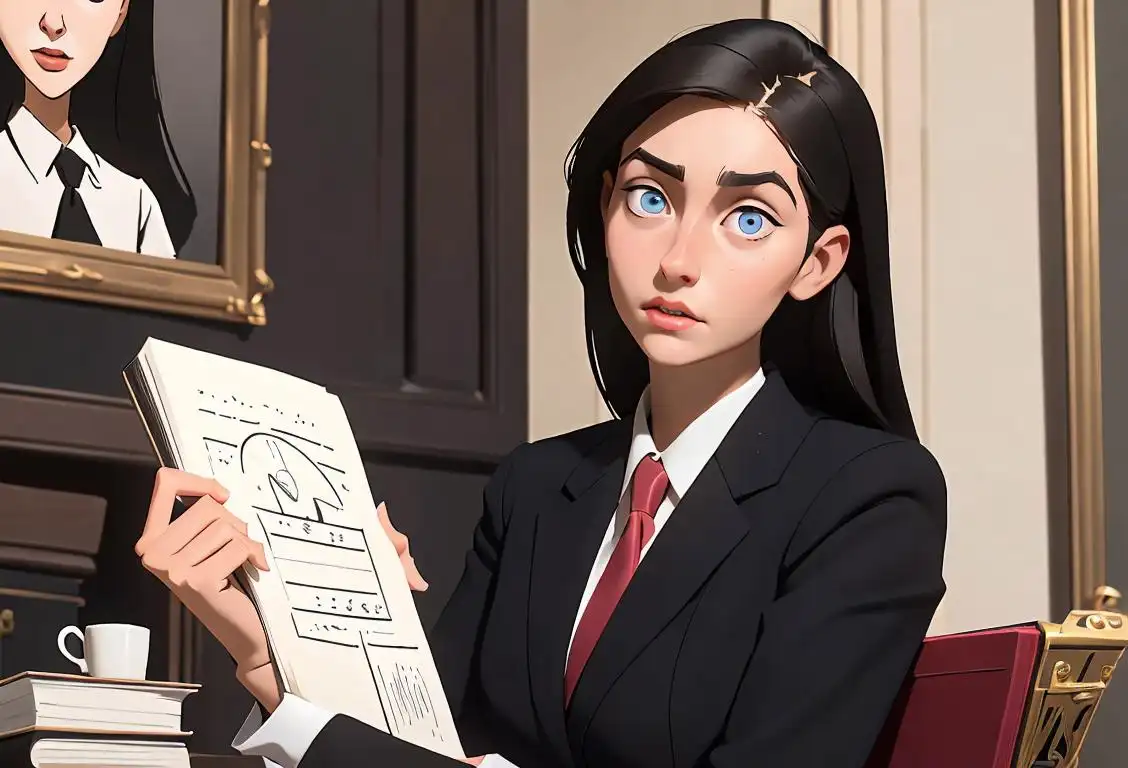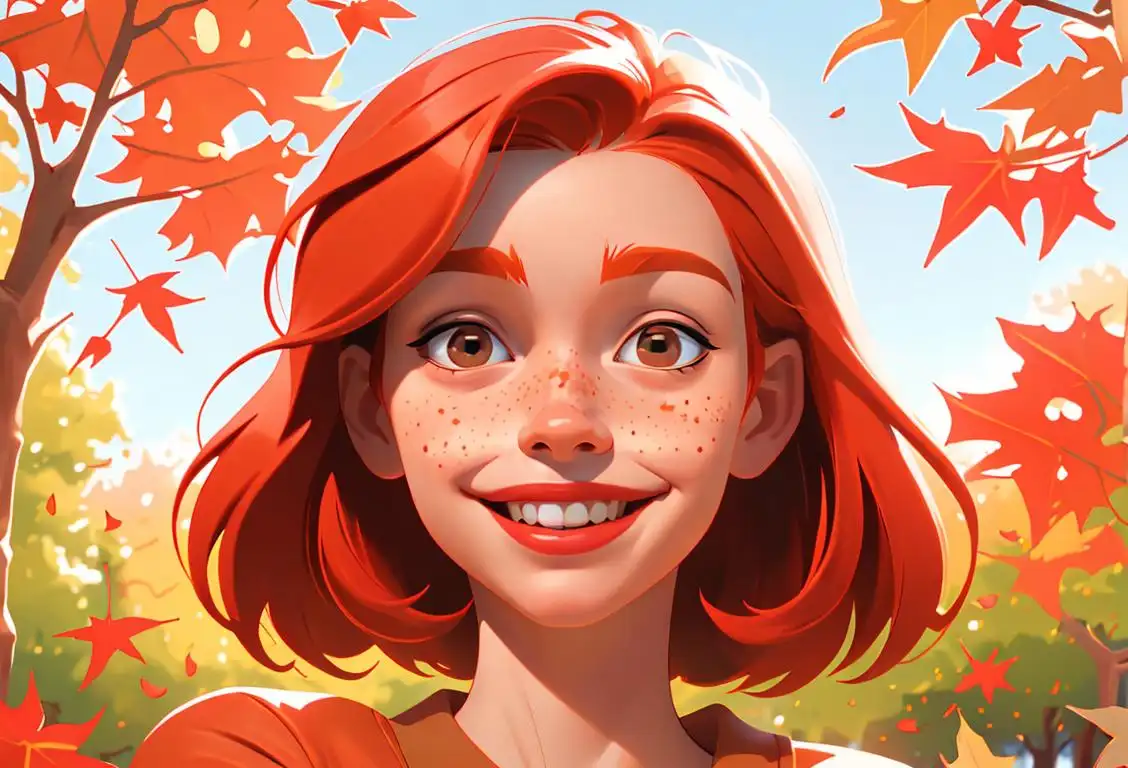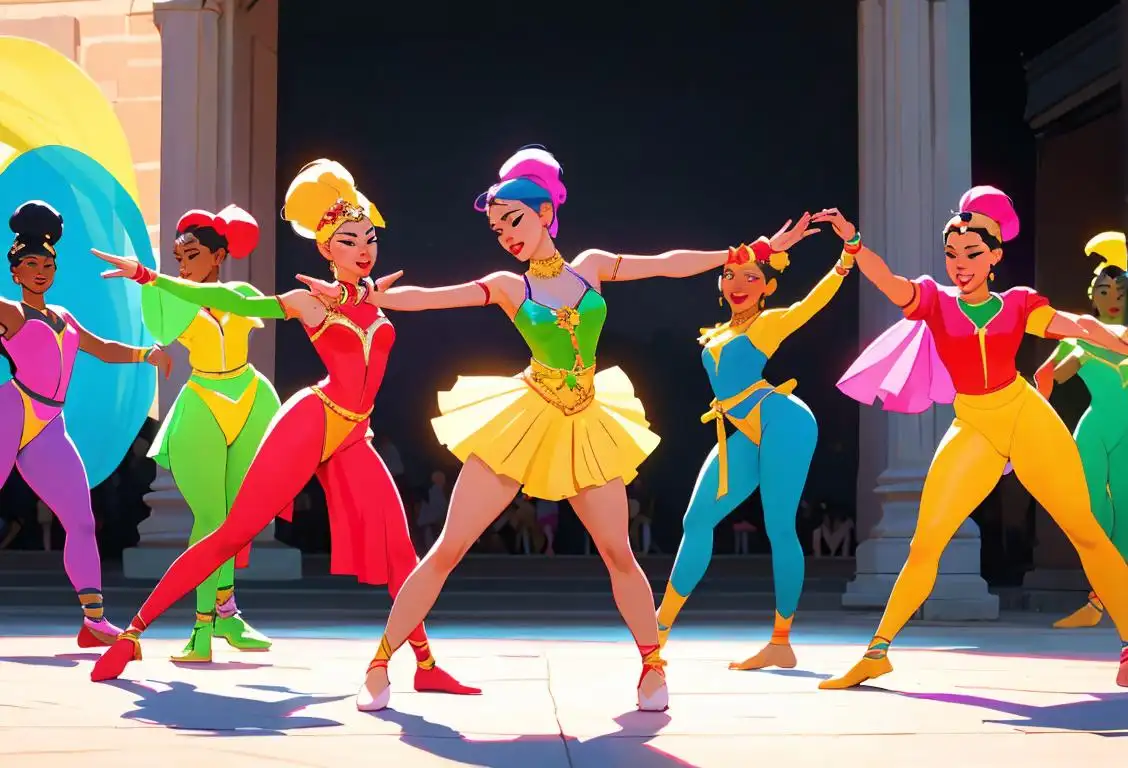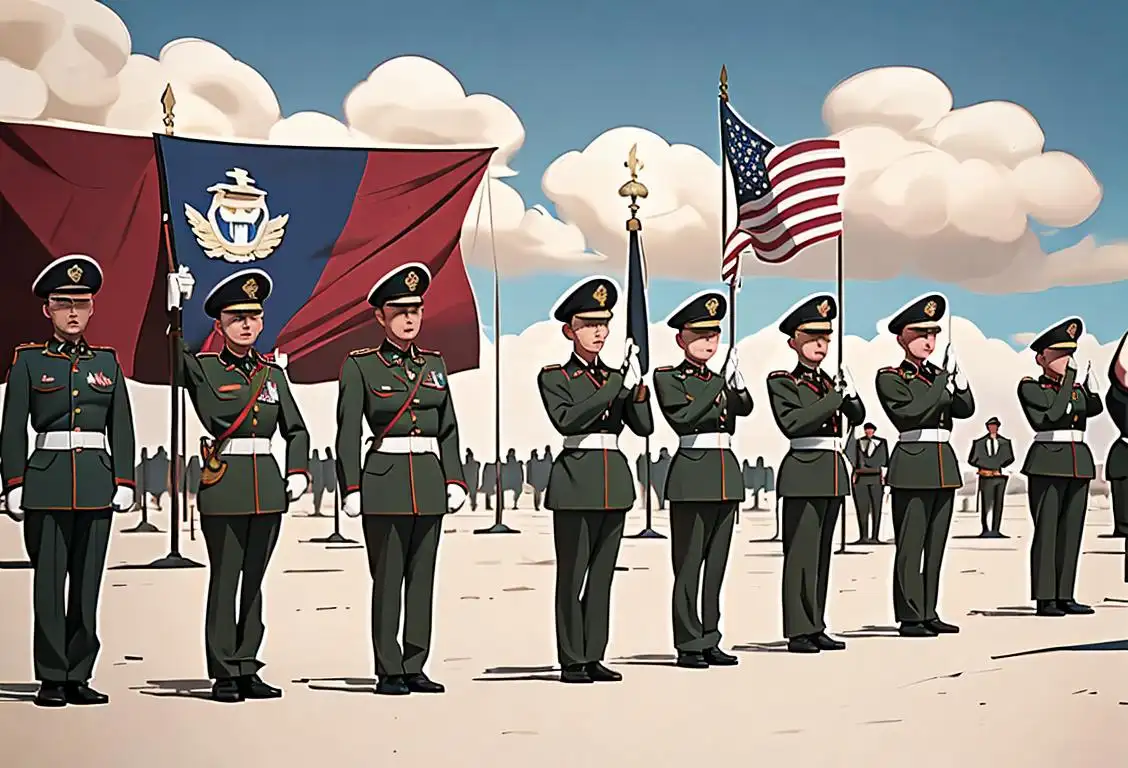National Vampire Day
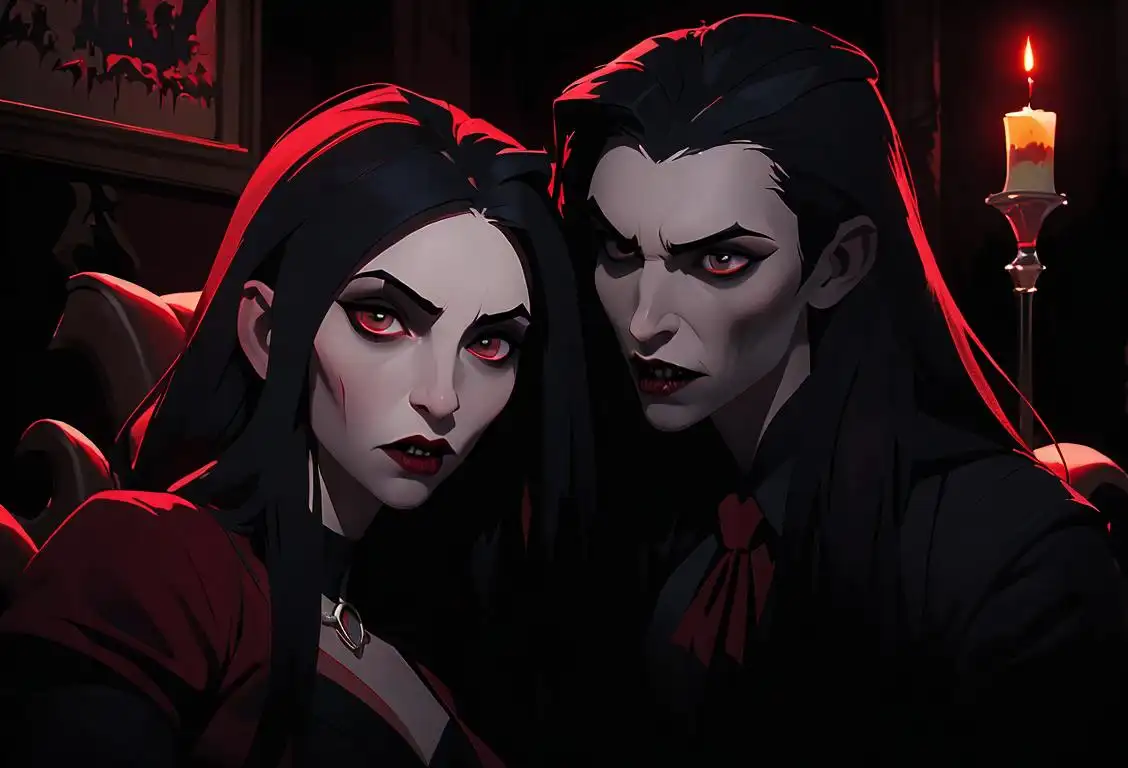
Buckle up folks, and grab your garlic! We are about to dive into the history of National Vampire Day, a day when we bid 'good evening' to our night-loving, fanged friends. Who knew that the undead could be so lively?
When is Vampire Day?
It's national vampire day on the 10th March.
A Brief History
With a whopping 2275 online mentions, National Vampire Day really sunk its fangs into the internet. The peak of its digital life occurred on 10th March 2017, a date when internet users from every nook and cranny virtually commemorated these mythical beings. Originating from Eastern European folklore, vampires are known for their nocturnal activities, aversion to sunlight, and peculiar dietary preferences (heads up, it's not broccoli).
Fang-tastic Celebration Ideas
If you're eager to celebrate, you could curl up with the eternally debated 'Twilight Saga', or enjoy an evening with the cult classic 'Buffy the Vampire Slayer'. Hosting a vampire-themed costume party with blood-red beverages also makes for an unforgettable tribute to these gothic creatures. Just remember, no neck biting, please!
Vampires in Pop Culture
Vampires have been a staple in pop culture for years. From classic novels like Bram Stoker's 'Dracula' to omnipresent TV shows like 'The Vampire Diaries', these creatures straddle the line between fear and fascination.
Light or Dark Side of the Coin
Whether you see them as symbols of our darkest desires or harbingers of eternal romance, it's undeniable that vampires hold a captivating spot in our collective imagination.
History behind the term 'Vampire'
1734
The Origin of the Term
The term 'vampire' originated in the year 1734. It derived from the Serbian word 'vampir', which can be traced back to the Old Slavic term 'opo-r' meaning 'to drink'. The concept of vampires has been present in various cultures and folklore throughout history, but the term 'vampire' itself gained popularity in the 18th century.
1819
Introduction to English Literature
The concept of vampires reached a broader audience in the year 1819 with the publication of John Polidori's 'The Vampyre'. This short story, often attributed to Lord Byron, introduced the vampire as a charismatic and seductive figure, setting the stage for the romanticized portrayal of vampires in literature and popular culture.
1897
The Birth of a Legend
In the year 1897, Bram Stoker's famous novel 'Dracula' was published, solidifying the vampire's place in literature and popular culture. Stoker's depiction of Count Dracula, a Transylvanian vampire with immense power and allure, captivated readers and provided the blueprint for many subsequent vampire stories.
1922
The Silent Horror
The classic silent film 'Nosferatu' was released in the year 1922. Directed by F.W. Murnau, this unauthorized adaptation of 'Dracula' brought the vampire to the silver screen for the first time. Max Schreck's haunting portrayal of Count Orlok terrified audiences and solidified the image of the vampire as a pale, monstrous creature with elongated fangs.
1931
Hollywood's Dracula
In the year 1931, the iconic film 'Dracula' starring Bela Lugosi was released. This Universal Pictures production propelled the vampire into mainstream Hollywood and established the image of the elegant and aristocratic vampire, popularizing the use of capes and European accents in vampire portrayals.
1990s
The Vampire Renaissance
The late 20th century witnessed a resurgence of vampire-themed entertainment, known as the 'vampire renaissance'. Anne Rice's 'The Vampire Chronicles' series, starting with 'Interview with the Vampire' (1976), paved the way for a more complex and empathetic portrayal of vampires. Popular TV shows like 'Buffy the Vampire Slayer' and 'True Blood' further revitalized the vampire genre.
Did you know?
Did you know that the world's biggest 'vampire phenomenon' isn't Dracula but a much younger vamp? Edward Cullen from the 'Twilight Series' broke all records when it came to stealing hearts!Tagged
romance awareness fun national day pop culture vampires folkloreFirst identified
10th March 2017Most mentioned on
10th March 2017Total mentions
2275Other days
Vampire Day
Boyfriend Day
Single Ppl Day
Talk Like A Pirate Day
Compliment Day
Honesty Day
Kiss A Ginger Day
Shrimp Day
Dance Day
Armed Forces Day
